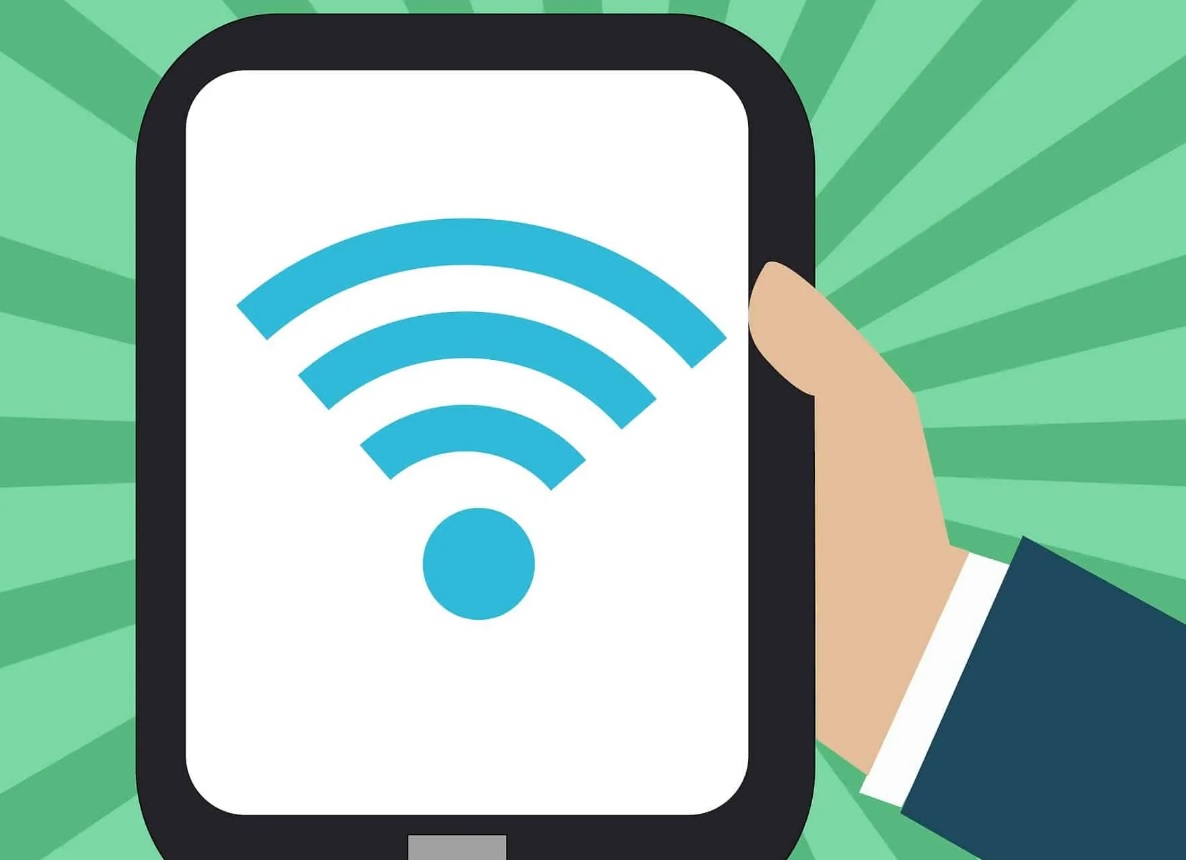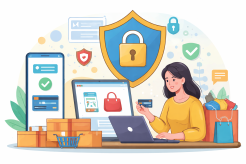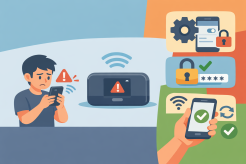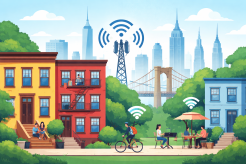How to get home Wi-Fi and How to Secure it?

You've got at least eight computers that use your home internet connection if you're like most Americans. But if you're trying to build a seamless Wi-Fi experience, you're going to need to take a couple of steps to ensure that your home is ready.
Select Internet Provider
Start by shopping in your area with the suppliers available. Determine your monthly budget, what kinds of internet connections are available and most consistent with your internet activities, and what speeds are needed to serve all your network users.
(We got 1919 internet service providers in our system in the US. You can view their broadband coverage and fastest internet download speed.)
Get a modem and wireless router
Many suppliers allow you to carry the machinery of your choosing. However, for the highest quality, some can enable you to rent a particular collection of equipment directly from them. If you can, do your research specifically on routers to ensure that your system can handle the speeds and number of devices you want to connect to.
Find a Wi-Fi booster
You need to ensure that your Wi-Fi coverage is nothing short of spectacular once you've built a connection, particularly if you're living in a multi-floor household. To drive the signal to those hard-to-reach corners and computers, look at a Wi-Fi extender, repeater, or booster.
Start your Wi-Fi journey home sooner rather than later. Compare the key providers of internet services, rates, speed ranges, and more.
How to protect your connection with Wi-Fi
Once your Wi-Fi connection has been identified and your devices have been synchronized, you may want to take some extra precautions to ensure that your information and your household are safe. One thing is a great Wi-Fi password, but cybercriminals have ways around the most inventive keyword in defense.
Ways to keep prying eyes away from your network and computers.
Go for good encryption: The newest standards are Wi-Fi Safe Access (WPA) protection, WPA2, or WPA3. Hackers are experienced with older security principles such as Wired Equivalent Privacy, or WEP, and can use the correct methods to break in with ease.
Choose a good WPA key: The childhood nickname of your father won't cut it exactly. To make your password super protected, pick a long security key with a mixture of random numbers and letters.
Build a guest network: This is a perfect way to give visitors your internet access without exposing your network to risks accidentally. On the guest network, trigger WPA security and provide the password upon request. This will allow you to monitor who accesses the link and encrypts the details of each user with a "session key," protecting guests from each other in essence.
Hide your network name: Changing your SSID to secret prompts users to enter the link name and password instead of showing it as an option to access the world.
Using a VPN: A virtual private network, or VPN, uses an encrypted link to transfer your data back and forth and blocks your location information. Hackers might access your network with a good VPN, such as NordVPN, for example, and still be blocked from sensitive information.
Related Posts

Sat, Jan 3, 2026 12:06 AM
SafetyOnline Shopping Safety Guide: How to Shop Smart and Stay Secure
Learn how to shop safely online by avoiding scams, protecting personal data, securing payments, and building smart long-term shopping habits.

Fri, Jan 2, 2026 11:45 PM
mobile phone plansHow to Fix “Authentication Error” on a Mobile Hotspot
Learn how to fix the “Authentication Error” on a mobile hotspot with step-by-step troubleshooting tips to restore your internet connection quickly and reliably.

Thu, Jan 1, 2026 11:49 PM
cheap internet dealsWhat Counts as Fast Mobile Internet?
Discover what truly counts as fast mobile internet, how speeds are measured, and tips to optimize your mobile connectivity for streaming, browsing, and gaming.

Thu, Jan 1, 2026 2:30 AM
cheap internet offersBest Budget-Friendly Internet Providers in New York
Finding affordable internet in New York can feel like searching for a needle in a haystack. With so many options and fluctuating prices, it’s tough to know where to start—especially if you’re a student, freelancer, small business owner, or just someone trying to stretch every dollar. But don’t worry—we’ve done the digging for you.

Tue, Dec 30, 2025 10:21 PM
SafetyIs Your Phone Watching You? Real Signs and How to Lock It Down
Learn the real signs your phone may be spying on you, why it happens, and how to protect your privacy with practical, easy steps.